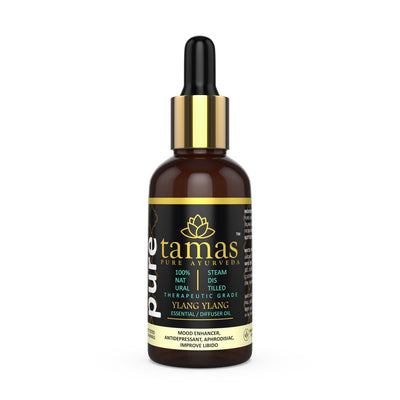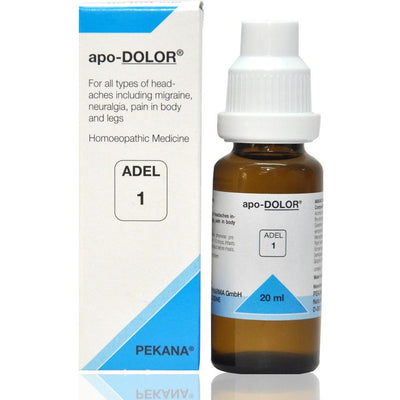
Nisakathakadi Kwath Tablet
Reference Text: (Chikitsa manjari)Nisakathakadi Kashayam is a Ayurvedic medicine prepared from herbs that act on the urinary system and it is known to be an Ayurvedic treatment for diabetes mellitus. It has antidiabetic and antihyperglycemic properties and is said to help lower blood glucose levels and improve insulin function by reducing insulin resistance. In addition, it is also helpful for preventing diabetic complications including diabetic nephropathy, neuropathy and gastroparesis.
Nisakathakadi Kashayam - Ingredients
Nisakathakadi Kashayam has the following medicinal properties:
- Anti-diabetic
- Antihyperglycemic
- Insulin sensitizer
- Antiseptic
The primary indications of Nisakathakadi Kashayam are:
- Pre-diabetes
- Diabetes Mellitus
- Polyuria (excessive urination) – if it is due to diabetes
- Glycosuria (excess sugar in the urine)
- Urinary Disorders
- Neuritis
- Haldi (Turmeric) – Curcuma Longa
- Kataka (Nirmali or Clearing nut) – Strychnos Potatorum
- Paranti – Ixora Coccinea
- Lodhra – Symplocos Racemosa
- Amla – Emblica Officinalis
- Gorakshaganja- Aerva Lanata
- Gurmar (Gudmar or Meharimula) – Gymnema Sylvestre
- Ushira or Khas (Vetiver) – Vetiveria Zizanioides
- Water (used for preparation)
Diabetes is a term given to a number of diseases that involve problems with the hormone insulin. Normally, the pancreas (an organ behind the stomach) releases insulin to help the body store and use the sugar and fat from food eaten. Diabetes can occur when the pancreas produces very little or no insulin, or when the body does not respond appropriately to insulinDiabetes occurs when the blood glucose in the body, also called blood sugar, is too high. Blood glucose is the main source of energy and comes from the food eaten and the insulin helps glucose from food get into the cells to be used for energy.
Prediabetes
Prediabetes is a condition that occurs when the blood sugar is higher than it should be but not high enough for the doctor to diagnose diabetes. It can make an individual more likely to get type 2 diabetes and heart disease. Exercising more and losing extra pounds, even as little as 5% to 7% of the body weight, can lower those risks.
Type 2 Diabetes
Type 2 diabetes used to be called non-insulin-dependent or adult-onset diabetes but it has become more common in children and teens over the past 20 years, largely because more young people are overweight or obese. About 90% of people with diabetes have type 2.When an individual has type 2 diabetes, the pancreas usually creates some insulin but it is either not enough or the body doesn’t use it like it should. Insulin resistance, when the cells don’t respond to insulin, usually happens in fat, liver, and muscle cells. Type 2 diabetes is often milder than type 1 but it can still cause major health complications, especially in the tiny blood vessels in the kidneys, nerves, and eyes. Type 2 also raises the risk of heart disease and stroke.An Ayurvedic Perspective
Ayurveda is known in Sanskrit as the ‘knowledge of life’ and is one of the most ancient traditions of India. Indian healthcare consists of various systems of medicines and Ayurveda still is sought after, particularly in the treatment of a variety of chronic disease conditions.Ayurveda describes a group of diseases called Prameha which when translated into English means ‘Obstinate Urinary Disease’. This group comprises all conditions related to urinary system like excess urination, diabetes etc. There are 20 forms of Prameha diseases which can be further categorised into three groups based on the Dosha dominance:
Kapha Prameha: 10 forms
Pitta Prameha: 6 forms
Vata Prameha: 4 forms
Kapha Prameha: 10 forms
Pitta Prameha: 6 forms
Vata Prameha: 4 forms
Diabetes is predominantly a Kapha disorder where by the Agni function is diminished leading to a low metabolic rate in the body and the build up of sugar levels in the blood. The term given for the Diabetes Mellitus in Sanskrit is Madhumeha (Madhu: sweet; meha: to flow or urination). It is believed that although Diabetes is dominantly a Kapha disorder it is also influenced by the activity of Vata (and to some extent Pitta) in the body. Ayurvedically,Diabetes can occur through two modes of pathogenesis:
- Avarana: Blockage of paths or channels in the body
- Dhatukshaya: where the tissues are depleted, can be categorized as juvenile diabetes
- Inactivity, laziness, lack of exercise
- Excessive sleep during daytime
- Excessive consumption of meat and soup of the domestic, aquatic and marshy land animals
- All other kapha aggravators
- Excessive stress or anxiety
You may also like
More from Kerala Ayurveda
More from Aasaan
Recently viewed

















